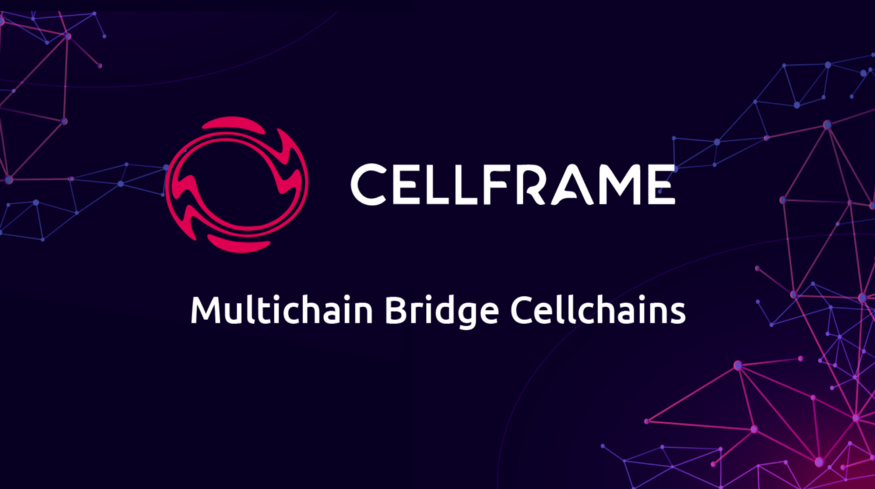Cellframe — Multichain Bridge Cellchains
Category: News

Over the past few years, the Cellframe team has been studying different types of encryption and multi-party computational systems, to enable a cross-chain future between heterogeneous blockchains.
Even though Cellframe may already be interoperable between native Cellchains, it requires assets and value to flow freely from other blockchains such as Ethereum, Polkadot, Cosmos, and Solana. As a means to this end, we’ve designed a new family of Cellchains, which allow assets from heterogenous blockchains to be held in a wallet with distributed key management, and to then be wrapped as a token that can be transacted with upon any Cellchain.
Our MPC-solution has been designed around the work of Nof, Lindell, and Ranelucci around Fast Secure Multiparty ECDSA with Practical Distributed Key Generation and Applications to Cryptocurrency Custody. The technical implementation thereof, has been inspired by the work done by Fusion, and Anyswap, as we believe this is the most robust and ideologically sound implementation of distributed key management and multi-party computation. We expect the code for this to undergo audit in Q2 2021, and to launch on testnet shortly thereafter.
Economics behind bridge Cellchains
These Cellchains are secured in a similar fashion to normal Cellchains, but require higher levels of DevOps experience to run nodes than with normal validator nodes. Node runners do not only have the responsibility and requirement of understanding CellFrame architecture, but also need to interact with infrastructure on the supported blockchains to reliably support bridging functionality. For that reason, Cellframe will be giving grants to validator nodes from other ecosystems, through the loan of CELL needed to bootstrap a validator node, and the delegation of foundation tokens to these node runners to cover hardware and personnel costs.
. . .
About Cellframe
Cellframe is a quantum-resistant layer-1 network focused on facilitating secure and scalable cross-chain transfers. Cellframe aims to create an infrastructure for decentralized low-level services through its multichain nature. It is quantum-safe — it uses post-quantum encryption by default. Cellframe is built from scratch with plain C, which results in more efficient utilization of CPU and memory.
Stay tuned for more info and follow us at:
Twitter: https://twitter.com/cellframenet
Telegram: https://t.me/cellframe
Website: https://cellframe.net/
Telegram ANN: https://t.me/CellframeANN
Recent news
-
Cellframe Transparency Report
23 Mar 2021
-
Cellframe Staking Program Instructions and Economics
23 Mar 2021
-
Introducing Cellframe Core Network and CELL Shard (Cellchain) Auctions
20 Mar 2021
-
Cellframe Token Launch Announcement
17 Mar 2021
